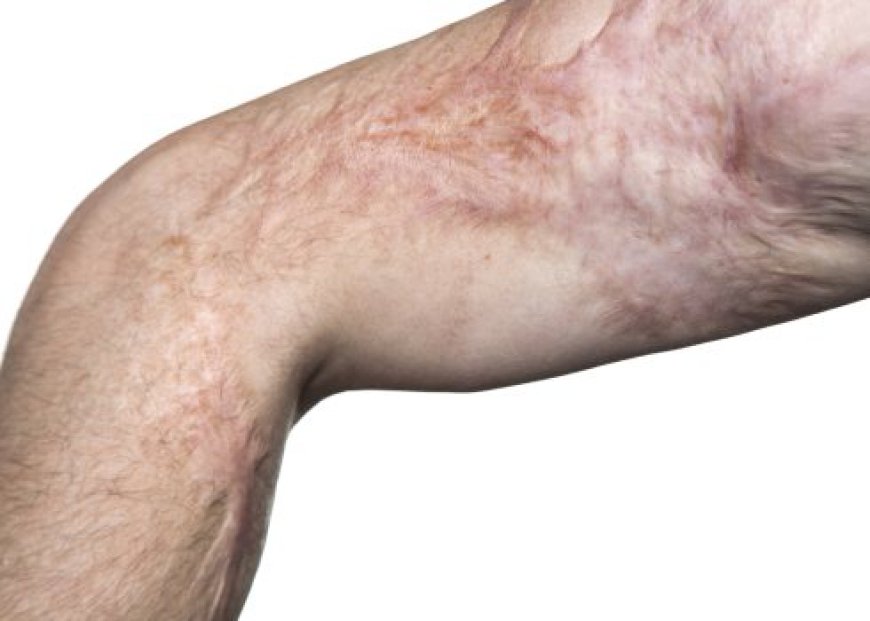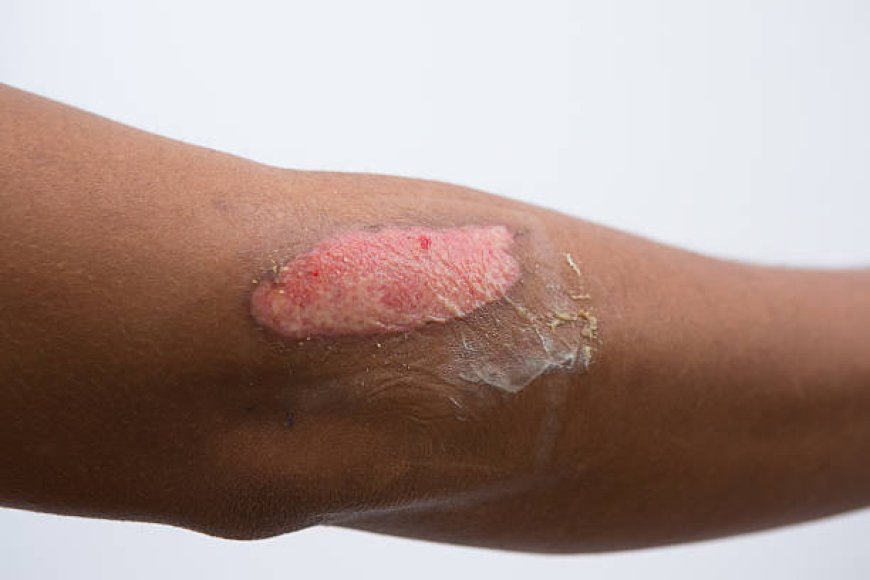Types of Burn Surgery
Burn injuries can significantly affect a person's overall health, both mentally and physically. Burn surgery is essential for healing since it restores both look and function.

Burn injuries can have a profound impact on a person's physical and emotional well-being. When it comes to recovery, burn surgery plays a crucial role in restoring function and appearance. This blog will explore the various types of burn surgery available, specifically focusing on Burn Reconstruction Surgery in Riyadh(عملية تجميل آثار الحروق في الرياض).

Understanding Burn Injuries
The Severity of Burns
Burns are classified into three main categories: first-degree, second-degree, and third-degree. Understanding the severity of a burn is essential for determining the appropriate treatment.
- First-degree burns affect only the outer layer of skin, causing redness and pain.
- Second-degree burns extend into the dermis, leading to blisters and significant pain.
- Third-degree burns damage deeper tissues and may require more extensive surgical intervention.
Importance of Timely Treatment
Prompt medical attention can significantly improve outcomes for burn victims. Delays can lead to complications, including infections and scarring.
Types of Burn Surgery
Debridement Surgery
Debridement is the first step in treating severe burns. It involves the removal of dead or damaged tissue to promote healing.
- Purpose: Helps prevent infection and prepares the burn area for grafting.
- Methods: Can be performed surgically or through natural processes.
Skin Grafting
Skin grafting is a common procedure used to cover extensive burn wounds.
- Autografts: Skin is taken from the patient's own body, ensuring better compatibility and healing.
- Allografts: Skin from a donor is used, often as a temporary solution until the patient can receive an autograft.
Burn Reconstruction Surgery in Riyadh
This type of surgery focuses on restoring the function and appearance of the affected areas after significant burns.
- Techniques: May involve complex procedures to reshape and repair scarred tissues.
- Goals: Aims to enhance mobility and improve aesthetic outcomes for patients.
Flap Surgery
Flap surgery involves transferring healthy tissue from one part of the body to the burned area.
- Types of Flaps: Can include muscle flaps, skin flaps, or composite flaps.
- Benefits: Provides a robust blood supply to the grafted area, promoting faster healing.
Post-Surgery Care
Importance of Rehabilitation
Rehabilitation plays a vital role in recovery after burn surgery.
- Physical Therapy: Helps restore mobility and strength.
- Psychological Support: Addresses emotional challenges faced by burn survivors.
Wound Care and Monitoring
Proper wound care is essential for preventing infections and complications.
- Follow-up Visits: Regular check-ups ensure that healing is progressing as expected.
- Signs of Infection: Patients should be educated on recognizing symptoms of infection.
Advanced Techniques in Burn Surgery
Laser Therapy
Laser therapy is increasingly used to improve the appearance of scars post-surgery.
- How It Works: Lasers target specific areas to promote collagen production and skin rejuvenation.
- Benefits: Minimizes scarring and improves skin texture.
Scar Revision Surgery
Scar revision surgery can help improve the appearance of scars left by burns.
- Techniques Used: May involve surgical excision, dermabrasion, or laser treatments.
- Outcomes: Aims to create a smoother, less noticeable scar.
Conclusion
Burn injuries can be devastating, but advancements in surgical techniques have significantly improved outcomes for burn survivors. Understanding the types of burn surgery available, including Burn Reconstruction Surgery in Riyadh(عملية تجميل آثار الحروق في الرياض), empowers patients to make informed decisions about their treatment options. With proper care and rehabilitation, many individuals can regain their quality of life after a burn injury.
By focusing on timely treatment and a comprehensive approach to recovery, burn surgery not only addresses physical needs but also supports emotional healing, paving the way for a brighter future for burn survivors.

 maria3211
maria3211